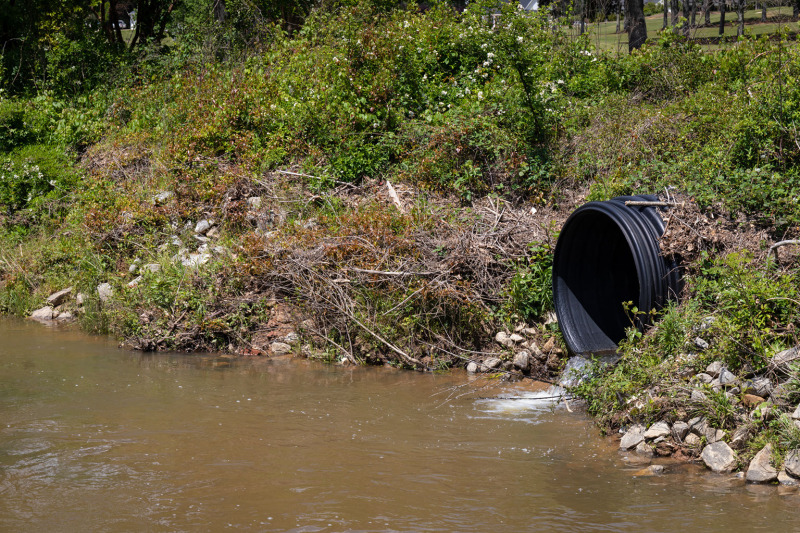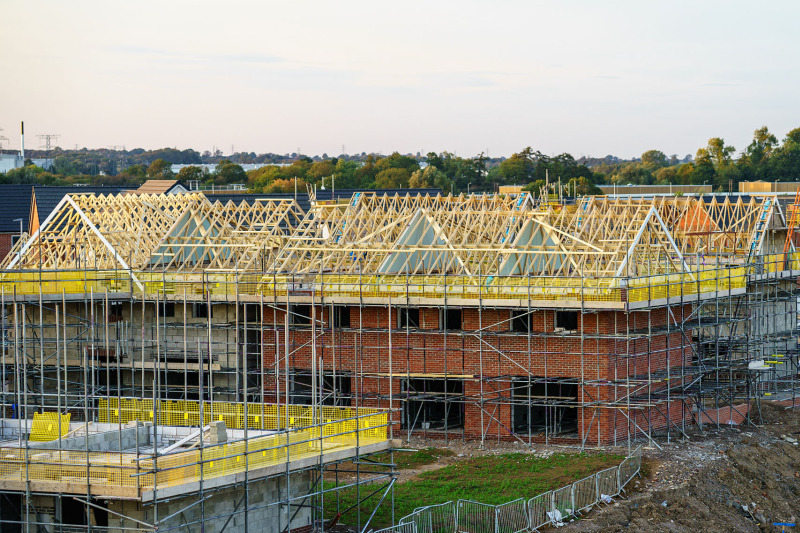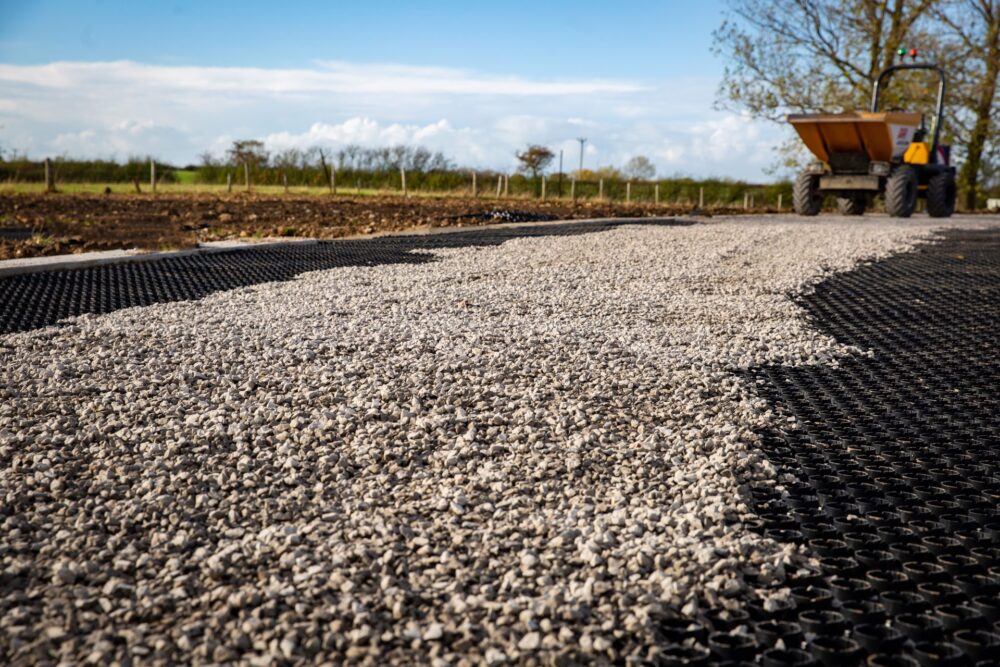New housing developments have helped increase the pollution in rivers, lakes and wetlands. New homes contribute to the problem by increasing wastewater, sewage and construction site runoff escaping into nearby waterways. These factors increase the environmental risk of Eutrophication. Eutrophication is the process whereby water sources become progressively infiltrated with phosphorus and nitrogen. This then promotes the growth of algae and damages precious wildlife. Despite, new housing developments having a role, the root causes of Eutrophication are agricultural run-off and underdeveloped water treatment systems.
Government action toward nutrient neutrality
Although most new housing developments are unaffected by nutrient pollution, statistics show that 74 of the 333 Local Authorities in England require extra mitigation measures. Several nature-rich sites in these areas are heavily polluted and need further protection. As a result, housebuilding has been halted to prevent further environmental degradation, causing 120,000 new housing developments to be postponed.
A development to reduce nutrient pollution is by 2030 water companies will legally be required to upgrade wastewater treatment works in nutrient neutrality areas. Alongside this target, the government has set out guidance for the water industry. The guidance endeavours to be a strategic direction for water companies on the environment and flood risk for business planning purposes.
Among the guidance, the UK government expects water companies to reduce stormwater overflows by implementing drainage and wastewater management plans. Additionally, the government is encouraging water companies to explore the use of nature-based solutions and sustainable drainage systems. With the aim to reduce the impact on water quality caused by chemicals diffusing into the environment. However, the implementation of these actions is currently led by water companies. Despite this, the homebuilding industry is estimated to have paid £3 billion to water companies in the past 30 years in infrastructure charges.

Natural England nutrient neutrality mitigation scheme
The UK government and Natural England are working with local planning authorities to ensure wastewater generated by new housing developments does not pollute rivers and coastlines. Nutrient neutrality has become a tool for local planning authorities to use when accepting new developments to be constructed in the worst affected areas. This way, developers will be able to build the homes the country needs and any pollution increases will be offset by reduced pollution in the same area.
The government has been partnering with landowners to develop additional mitigation sites to offset nutrient pollution and generate credits. Among the measures is creating new wetlands and woodlands to support biodiversity recovery. The regeneration of these habitats will form the basis of credits, which property developers can apply for and purchase. Reinvestment of income from credit sales will be used to expand mitigation sites, monitor and improve evidence at current mitigation sites, and maintain existing mitigation sites.
The idea is that new homes can be built swiftly and benefit the natural environment. Finding environmentally conscious landscaping solutions will help property developers to minimise their impact on river pollution. Gravelrings gravel retention system and Grassrings grass protection system reduce surface water runoff since excess water soaks back into the ground. Therefore, lessening the risk of contaminated water entering nearby watercourses. This gives local planning authorities the confidence they need that new housing developments are delivering high-quality properties without spoiling the surrounding landscape.
The future of new housing developments
While the nutrient neutrality mitigation scheme has been rolled out this month in Tees Valley and new mitigation sites are being sought after. Homebuilders are concerned the continuing interventions from Natural England could see the housing supply fall from 233,000 last year to below 120,000 homes per year. A far cry from the current government target of 300,000 homes per year.

To discuss how Beauxfort can help you deliver a SuDS-compliant development call 0330 055 2599 or email info@beauxfort.com. Create high-quality, permeable surfaces with recycled materials from Beauxfort, order your free sample of Gravelrings gravel retention system or Grassrings grass protection system here.



